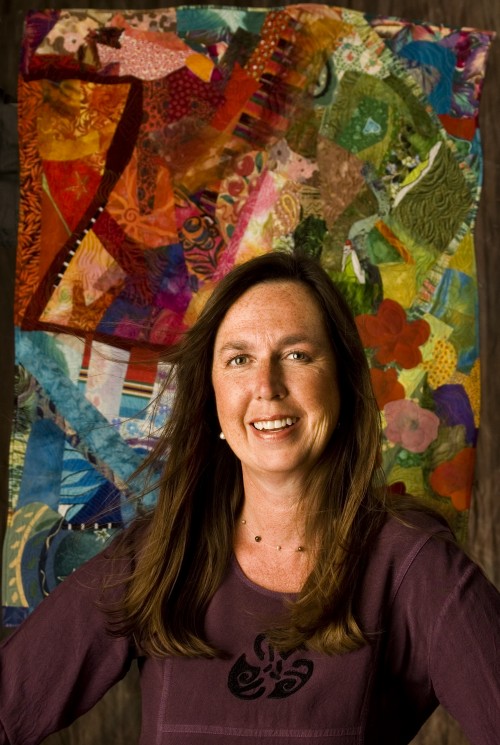I’m trying to learn to be better at making mistakes, and more willing to fail. On the face of it, that seems like a bad idea. But I’ve been reading about how failure can ultimately lead to success. I’m not convinced that’s the only requirement; success probably grows out of a combination of persistence, opportunity and a whole host of other qualities and attitudes.
Regardless, being paralyzed by fear of failure isn’t likely to be helpful.
A few months ago I started working on an art project for which I had a vision, but no real sense of the meandering paths I’d have to traverse. I’m not even close to finishing, but already I’ve gone deep into unfamiliar territory.
As part of the project, I decided to learn to print with silkscreen. The same week my friend and mentor, Wendy was visiting we found a photo exposure unit at Bookmans. I wouldn’t have known what it was, but she noticed it and urged me to buy the thing.
Regularly, I woke up in the middle of the night, thinking through the process, making notes about what I still needed to buy or collect, and planning how to arrange the darkroom (our garage) so I could apply photo emulsion to the screens and let them dry in the dark.
Wendy uses screen-printed images in her own work, and teaches the process, so I relied heavily on her expertise and advice. Finally, after a couple of weeks of near-daily phone consultations, I made my first foray into the darkroom, and emerged, having utterly failed. The images were overexposed, the emulsion was uneven and the screens that were close to working (I thought) wouldn’t wash out.
Back to square one.
The whole experience made me feel clumsy and a bit foolish. Awkwardness, unfamiliarity and missteps in technique are all part of learning the process, though. What’s lovely about silk-screening (and also challenging) is the orderly, step-by-step — almost scientific — method. I’m usually a hit-or-miss kind of gal. But I’m getting better all the time.
Better yet, I’m tapping into something new I haven’t before met in myself.
A while back, I bought and read Jonah Lehrer’s book, Imagine. Lehrer later became a pariah for recycling material from his blogs and worse, inventing quotes from Bob Dylan for the book and falsifying attribution. He lost his job at the New Yorker, and his book publisher recalled Imagine from all retail outlets. (You can still find library copies and a few used copies online.)
Regardless of Lehrer’s deceptions, I am inspired by his stories of people taking risks and thinking differently about difficult problems to arrive at truly innovative solutions. Over and over, Lehrer demonstrates that learning and failure are intimately connected with success via imagination and creativity.
Another pal of mine is working on bringing her invention to market. A few years ago, after months of work and seeing the product’s first iteration, she and her business partner realized it wasn’t right, and pulled the plug on further production.
They persisted past that failure; now their product is vastly improved, using technology that didn’t even exist when they first conceived the idea. It’s been an exciting, yet unknowable adventure. (Aren’t they all?) Regardless of the day-to-day results, they’ve kept the faith and now continue to take daily positive action, still occasionally failing and feeling desperate as they follow the path towards their goal. Even without a linear trajectory, they know and trust in their destination.
On my desk, I have a sign that says, Darcy Falk, Puzzlemaster. It’s not because I’m not particularly good at formal puzzles. Rather, after a lifetime of many jobs and a lot of formal and informal education, my problem-solving prowess is pretty highly evolved. I have learned to observe, consider and parse out solutions to complex problems.
Learning something new sets my brain afire. Ideas swirl around in my head and I’m pretty sure sparks shoot out my ears. My hands itch to begin the work.
It’s like being an infatuated teenager with a crush. You are enamored of your newfound knowledge and skills, and while it’s a little awkward at first, pretty soon you’re going steady with your own self.

